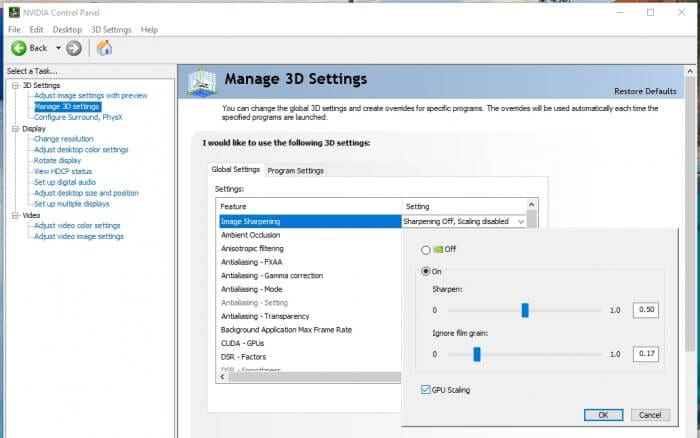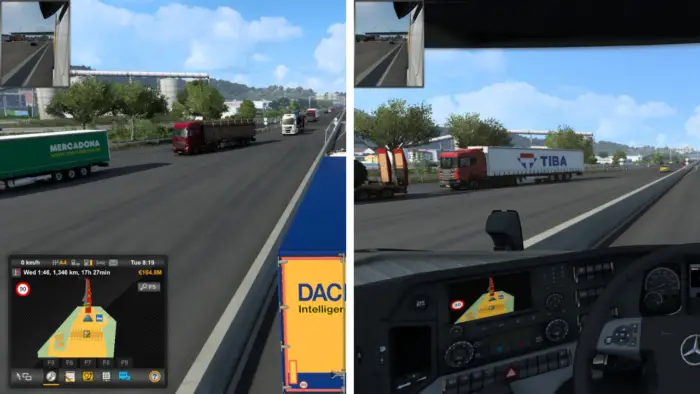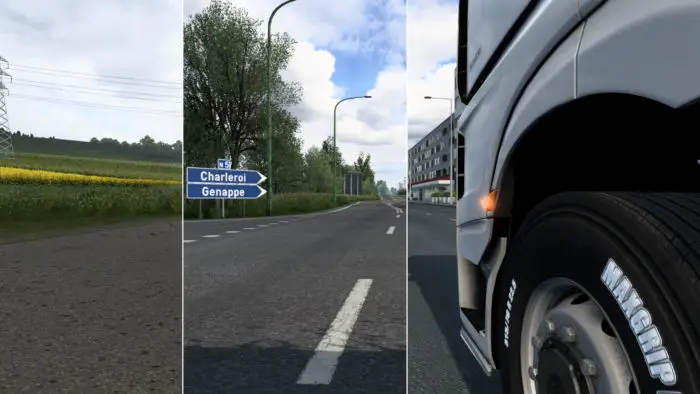More frame rates can often mean a better chance of winning the match and gamers will always find a way to gain this advantage. For most users, lowering the visual quality is probably the most significant trick to increase the overall frame rates and to an extent, reducing lags.
But if you are using one of many NVIDIA graphics cards, then, you are in luck. The NVIDIA Control Panel lets you tweak a lot of global graphics settings that could either, improve the quality or the performance — which translates to more fps in general. With dozens of switches and slides to play with, which ones are the most responsible for performance?
In this guide you will learn several NVIDIA Control Panel settings that could improve frame rates by a lot. Just make sure the latest graphics driver is already installed.
NOTE: Each GPU may offer slightly different options. Make sure you follow the tips as close as possible. Anything that not mentioned can be left to its default state.
Table of Contents
Manage 3D Settings


Go to desktop, right-click on it and open NVIDIA Control Panel. Then, head to Manage 3D Settings. On this page, we are going to adjust some settings in favor of more performance. If you can’t find NVIDIA Control Panel, see the solutions here.
Now, follow the settings below.
- Image Sharpening: On – Sharpen 0.50 – Ignore film grain 0.17 – GPU Scaling enabled
- Ambient Occlusion: Performance
- Low Latency Mode: On
- Monitor Technology: Fixed Refresh
- OpenGL rendering GPU: Select the available card
- Power management mode: Prefer maximum performance
- Texture filtering – anisotropic sample optimization: On
- Texture filtering – Quality: High performance
- Vertical sync: Off (but if there’s screen tearing or glitching, revert to ‘Use the 3D application setting’)
When everything is set up, click Apply. The monitor may be blank for a few second for recalibrating the new configurations.
Other settings
The following settings below are just a double-check to make sure the GPU is not constrained by any limitation that might accidentally be enabled. The other settings you need to check are:
- Adjust image settings with preview: Use the advanced 3D image settings
- Configure Surround, PhysX > Processor > Select the available card
- Change resolution > Refresh rate > Select the maximum refresh rate
Conclusion: Is it worth it?
What we are doing is a trade-off. We sacrifice the graphics quality for a smoother experience. If you are into competitive online games and don’t bother with a dropped visual level, then this trick is totally worth it
Still, I want to give you a little perspective on what kind of ‘downgrade’ you could expect.
Here are some screenshots from Red Dead Redemption 2 with before (default) and after settings on NVIDIA Control Panel. Click on the picture to view the larger dimension.
When you look closely, it’s surprising that the game actually appears a little sharper after I modified the NVIDIA Control Panel settings. The overall experience is also way smoother and there are fewer micro stutters, even in crowded places.
But this game should not look sharp like that. RDR2 supposed to mimic the depth of field of human vision, therefore, some parts of the image will appear a bit blurry than others. The noise effect also more apparent especially on clothing, hair, and cloud.
I personally prefer not to change the NVIDIA Control Panel settings to keep the visual quality as high as possible. However, applying the new settings about is still recommended since the visual downgrade is minimal and you would get a lot more fps. And even if you changed your mind, the “Restore” button is always there. So, just try and see which one is the best for you.
Wanted to squeeze some extra fps? Learn how to overclock your GPU and check out the previous article on tips to improve gaming performance without upgrading hardware.











